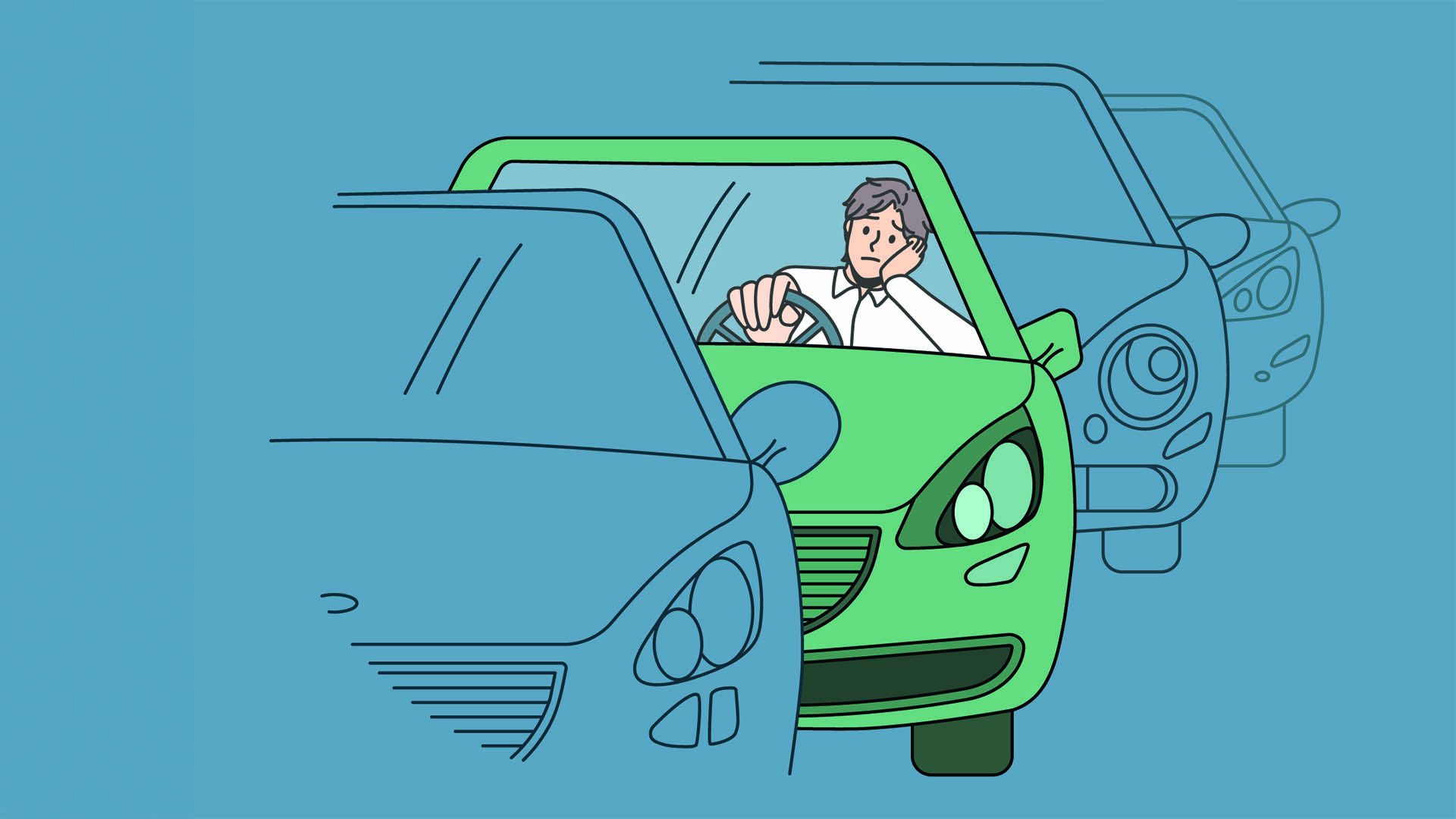China's car market slowed in April, and had it not been for a reasonable performance by the still-growing new energy vehicle sector, total sales would have looked forlorn. However, while sales of new energy vehicles (NEVs) did fall in April, the sector’s share of total vehicle sales jumped to a record high, as sales of conventionally powered ICE (Internal Combustion Engine) vehicles slid faster than sales of NEVs.
Retail sales of China's passenger vehicles, including sedans, SUVs, and MPVs, totaled 1.532 million units in April, down 5.7% from April 2023 and more than 9% lower than March, according to data released by the China Passenger Car Association (CPCA).
Retail sales of Chinese passenger NEVs totaled 674,000 units in April, up more than 28% from the same month in 2023 but nearly 6% lower than March. This figure is lower than the preliminary figure of 706,000 released by the CPCA earlier last week, and also lower than the 720,000-unit estimate released at the end of last month. It is also sharply lower than the all-time record of 945,000 NEVs sold last December, indicating a warning sign for Australian critical and battery minerals companies to keep a close eye on this important sector for the rest of the year.
Battery electric vehicles (BEVs) accounted for 60.1% of all NEV retail sales in April, totaling 405,000 units. That's up more than 12% year-on-year but down 5.3% from March. Plug-in hybrids (PHEVs) accounted for 269,000 units of retail sales in April, contributing 39.9% of all NEV retail sales. While that was up more than 64% year on year, it was only up just over 4% from March, with the sales impetus for this category again coming from sector leader, BYD.
China's NEV penetration at retail was a record 43.7% in April, up 11.7 percentage points from 32% a year earlier and up 2.1 percentage points from 41.6% for March.
Passenger NEVs exported from China stood at 115,000 units in April, up 27% year-on-year but 4.1% lower than in March, making up 28% of all passenger car exports. BEVs contributed 78.8% of April's NEV exports, according to the CPCA.
Tesla's electric vehicle (EV) sales in China halved in April from the previous month, which may be partly because it exported more of its Shanghai-produced vehicles at the start of the new quarter. The US EV maker sold 62,167 China-made vehicles in April, including 30,746 for export, according to data released by the China Passenger Car Association (CPCA). This means that Tesla sold 31,421 vehicles in China in April, down more than 49% from 62,398 in March and down 21% from 39,956 in the same month last year. In the January-April period, Tesla sold 163,841 units in China, down 7.6% from the first four months of 2023 when China was emerging from harsh pandemic restrictions.
Overall, including NEVs and ICE units, April saw 2.406 million vehicles produced in China, marking a 10.5% decline from March but a 12.8% rise from April 2023, according to data from the China Association of Automobile Manufacturers (CAAM). Total sales in April were 2.359 million vehicles, dropping 12.5% month-on-month but up 9.3% year-on-year. In the first four months of this year, China’s cumulative auto production and sales volumes maintained an overall growth from a year ago at 7.9% and 10.2%, respectively, standing at 9.012 million vehicles and 9.079 million vehicles, respectively.
Given this sector-wide slide, it's no wonder the Chinese government is offering more incentives to try and boost sales of new energy vehicles and conventionally powered vehicles. April saw car sales fall for a second month this year.
February saw a drop because of the New Year break, March saw a big rebound, but April saw an unexpected bout of weakness. The government is offering deals to buy and scrap or buy and re-export NEVs made before 2018 and a range of conventionally powered vehicles with the hope of generating replacement sales of between 1 and 2 million extra vehicles over the next couple of years.
The proposal was made public in late April and before the surprise slide in sales became known late last week. Seven central government departments, including the Ministry of Commerce and the Ministry of Finance, issued detailed rules for subsidies on trading in old vehicles for new ones, outlining the scope of subsidies and standards to coordinate the development of NEVs and conventional vehicles.
Earlier, the People's Bank of China and the National Financial Regulatory Administration jointly issued a notice adjusting policies related to automobile loans, aimed at reducing the threshold for automobile consumption to help consumers take advantage of the new subsidy arrangements.














